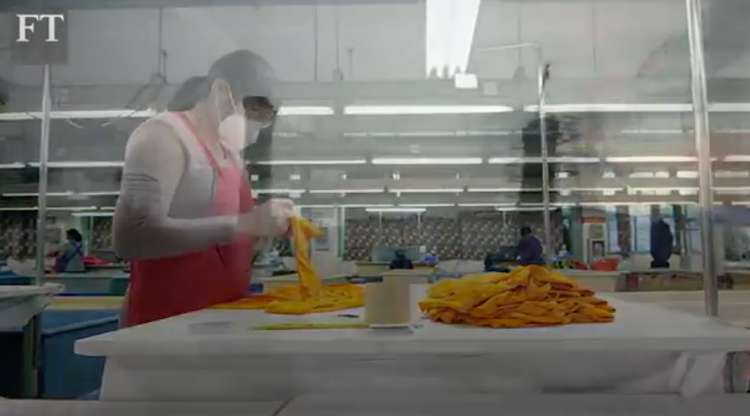This post is brought to you in partnership with Financial Times. All opinions expressed below are my own.
We’ve heard a lot of talk about trade with China and jobs going overseas, and we’re sure to hear more as the presidential election season heats up. But one thing we don’t often hear about in these discussion is the people who are working in these manufacturing jobs. A series by London newspaper Financial Times, The end of the migrant miracle, reports on many of the lesser known human stories around China’s economic boom of the past three decades. Topics include the massive movement of 170 million laborers from the cities to their rural hometowns for the Lunar New Year or what it’s like to survive by culling recyclables from trash in glitzy Shanghai.
Living in North America, we don’t really grasp the scale of the workforce in China. It’s hard to fathom the numbers of people moving from small towns to big cities or the toll its taken on the social structures or even families of nation. A new 15-minute mini documentary, The end of the Chinese miracle, both gives an overview of the big picture of the migration and also zooms in on the people whose lives have been indelibly changed by corporate decisions. For example, did you know that the number of people uprooted by the move to Chinese cities is many times bigger than the number of European immigrants to America between 1800-1910 or the number of people uprooted by the trans-Atlantic slave trade? According to the documentary, it’s the biggest human exodus of all time. In addition to the ubiquitous images of congested intersections or Chinese working on a factory floor, we also hear the voice of a father who is supporting children and grandparents and an interview with a European corporate manager.
It’s an especially timely topic — not just because of the role that Chinese manufacturing is playing in current American political discussions, but also because the tide is beginning to turn in China, with jobs drying up and fewer people moving from rural areas to cities. But can what’s done be undone? Can workers now accustomed to city life ever really go home again? And are corporations (many of them American) now eyeing another source of even lower cost labor? As consumers of cell phones, toys, clothing and so many other items made in China, we are all tied somehow to the this economy and to the men and women who are powering it.
Watch the video The end of the Chinese miracle
Did you watch the video? Tell me what you think in the comments…

